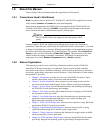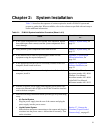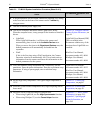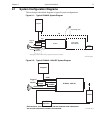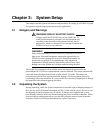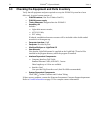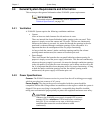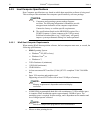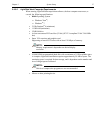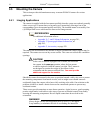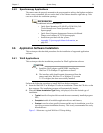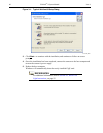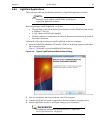
Chapter 3 System Setup 35
3.4 General System Requirements and Information
This section provides general information about PI-MAX4 system requirements.
REFERENCES:
For detailed technical specifications, refer to Appendix A,
Technical Specifications, on page 255.
3.4.1 Ventilation
A PI-MAX4 System requires the following ventilation conditions:
• Camera
Allow at least one-inch clearance for side and rear air vents.
There are internal fans located behind an intake opening in the rear panel. Their
purpose is simply to cool the camera and TE-cooler. The fans run continuously
whenever the camera is powered. Air enters the through the openings in the rear
panel and is exhausted through ventilation openings on the side panels. It is
important that there be an adequate airflow for proper functioning.
As long as both the camera’s intake ventilation openings and the fan exhaust
opening remain unobstructed, the camera will remain quite cool.
• Power Supply
There is an internal fan located at the rear panel behind an exhaust opening. Its
purpose is simply to cool the power supply electronics. This fan runs continuously
whenever the power supply is powered. Air enters the through ventilation openings
in the side panels, flows past the warm electronics, and is drawn out the rear by the
fan. It is important that there be an adequate airflow for proper functioning. As long
as both the intake ventilation openings and the fan exhaust opening remain
unobstructed, the power supply will remain quite cool.
3.4.2 Power Specifications
Camera: The PI-MAX4 camera receives its power from the self-switching power supply
which in turn plugs into a source of AC power.
Power Supply: The plug on the power cord supplied with the system should be
compatible with the line-voltage outlets in common use in the region to which the system is
shipped. If the power cord plug is incompatible, a compatible plug should be installed,
taking care to maintain the proper polarity to protect the equipment and assure user safety.
CAUTION!
!
Whenever the PI-MAX4 power supply is turned OFF, be sure it
remains OFF for a minimum of 30 seconds before switching it
back ON. If it is switched on too soon, a fault logic state is
established that causes the overload alarm to sound
continuously.



